The Perak Turf Club, officially formed in 1950, was registered under the Societies Act, 1966.
A member of the Malayan Racing Association alongside the Singapore, Selangor,and Penang Turf Clubs.
1
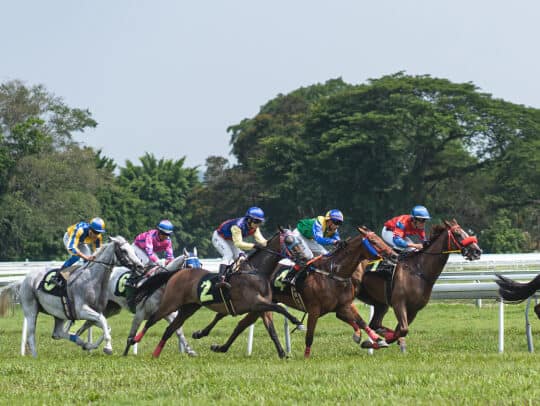
Horse Racing Activities
2
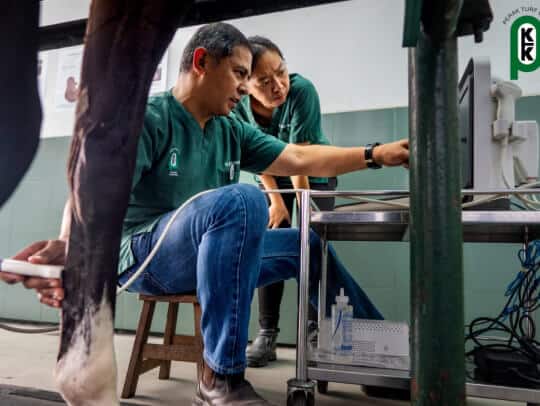
Equine Medical Care
3
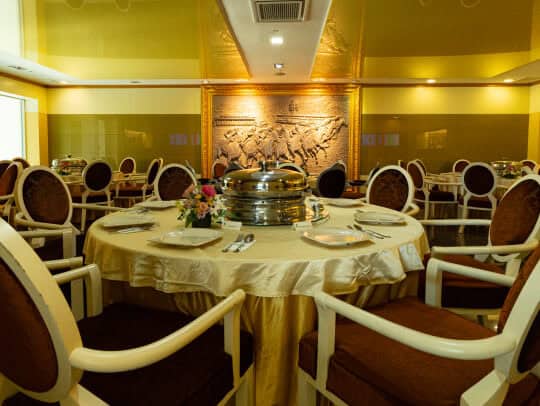
F&B Dining Venue
4
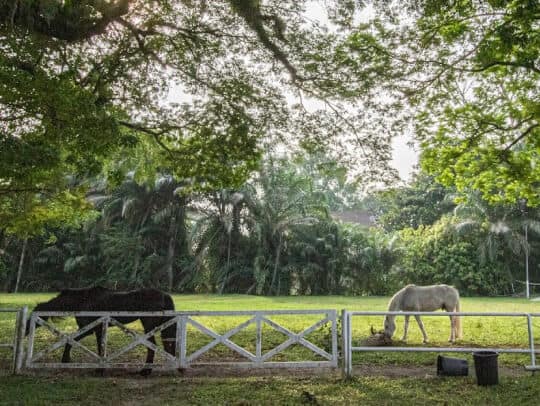
Equestrian Riding School & Training Centre
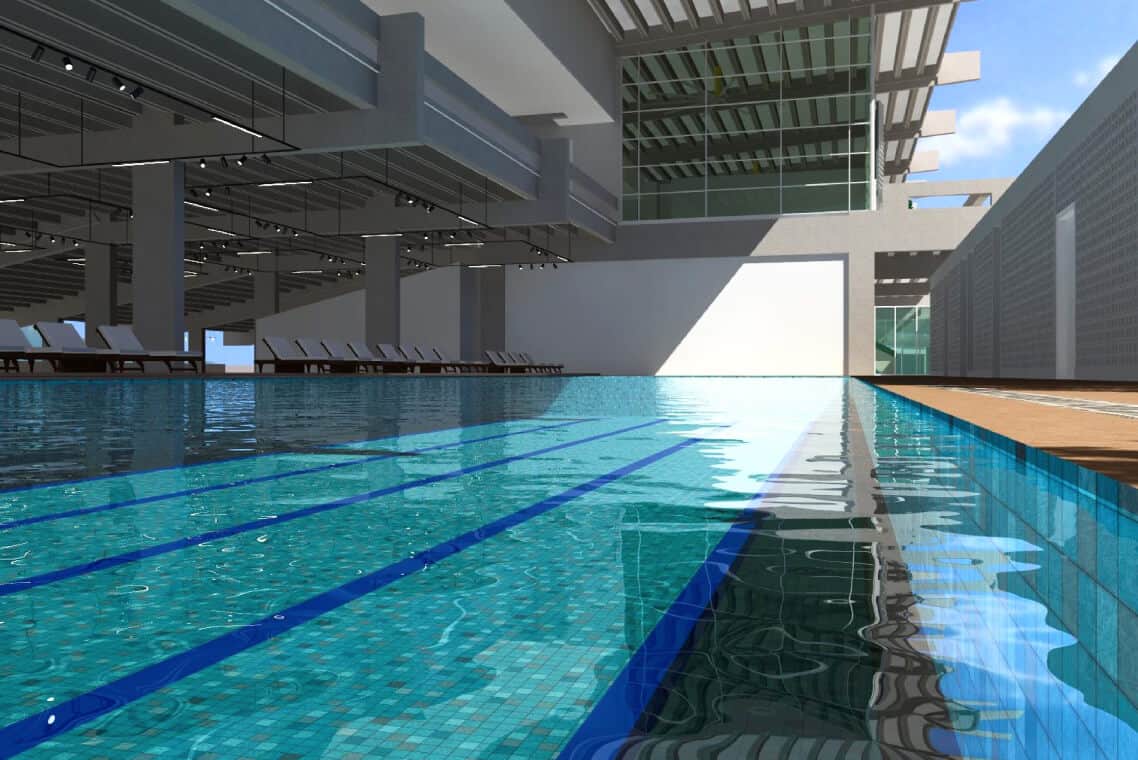
Plans are afoot to introduce sports clubbing facilities which include a swimming pool, gymnasium, games courts for squash, tennis, badminton and pickle ball, and an all-day F&B dining outlet.
In addition, the Perak Turf Club will provide facilities for fine dining, banqueting, a sports bar, and will enlist experienced restaurateurs to operate them.
When these facilities are fully installed under its transformation plan, Perak Turf Club will begin life as a corporate entity with a new purpose and identity: Perak Turf Club – More Than Racing.
The Perak Turf Club Team
0
Committee Members
0
Full-Time Staff
0
Part-Time Staff
The Perak Turf Club sits on a 126-acre site.

Training and
Racing Tracks
Racing Tracks

Equine
Swimming Pool
Swimming Pool

540 Stable
Stalls
Stalls

Equestrian Riding School & Training Centre

Equine Hospital
At Perak Turf Club, horse racing is the mainstay activity, under the Malayan Racing Association alongside the Singapore, Selangor and Penang Turf Clubs.
Perak Turf Club hosts 20 to 30 on-course race days annually, broadcasting races live to both local and international jurisdictions. It also streams races from other Malayan Racing Association circuit turf clubs and overseas events on off-course days.
The club stables 150 racehorses, providing them with top-notch training facilities, including two sand tracks, a grass track, a 10-horse exercise walker, an equine swimming pool, and a horse treadmill.
The main racing track is a 2,000-meter turf course.
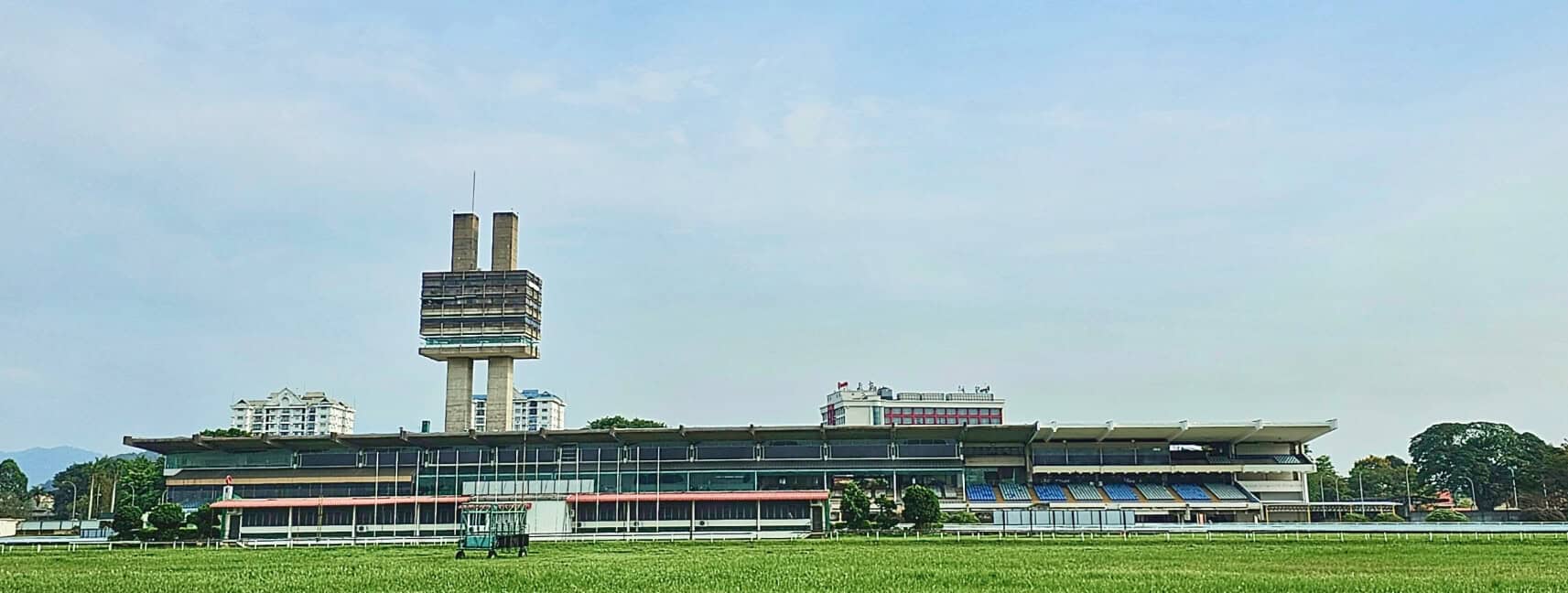
The Perak Turf Club Grandstand accommodates approximately 5,000 spectators.
Exclusive and luxurious air-conditioned corporate boxes overlooking the race track are available for hire to both individuals and organizations. Installed throughout the Grandstand are closed-circuit televisions enabling racing enthusiasts to follow the thrilling moments of each race. Food and beverage outlets are conveniently located in the Grandstand.
The Perak Turf Club provides equine medical services through its Equine Hospital
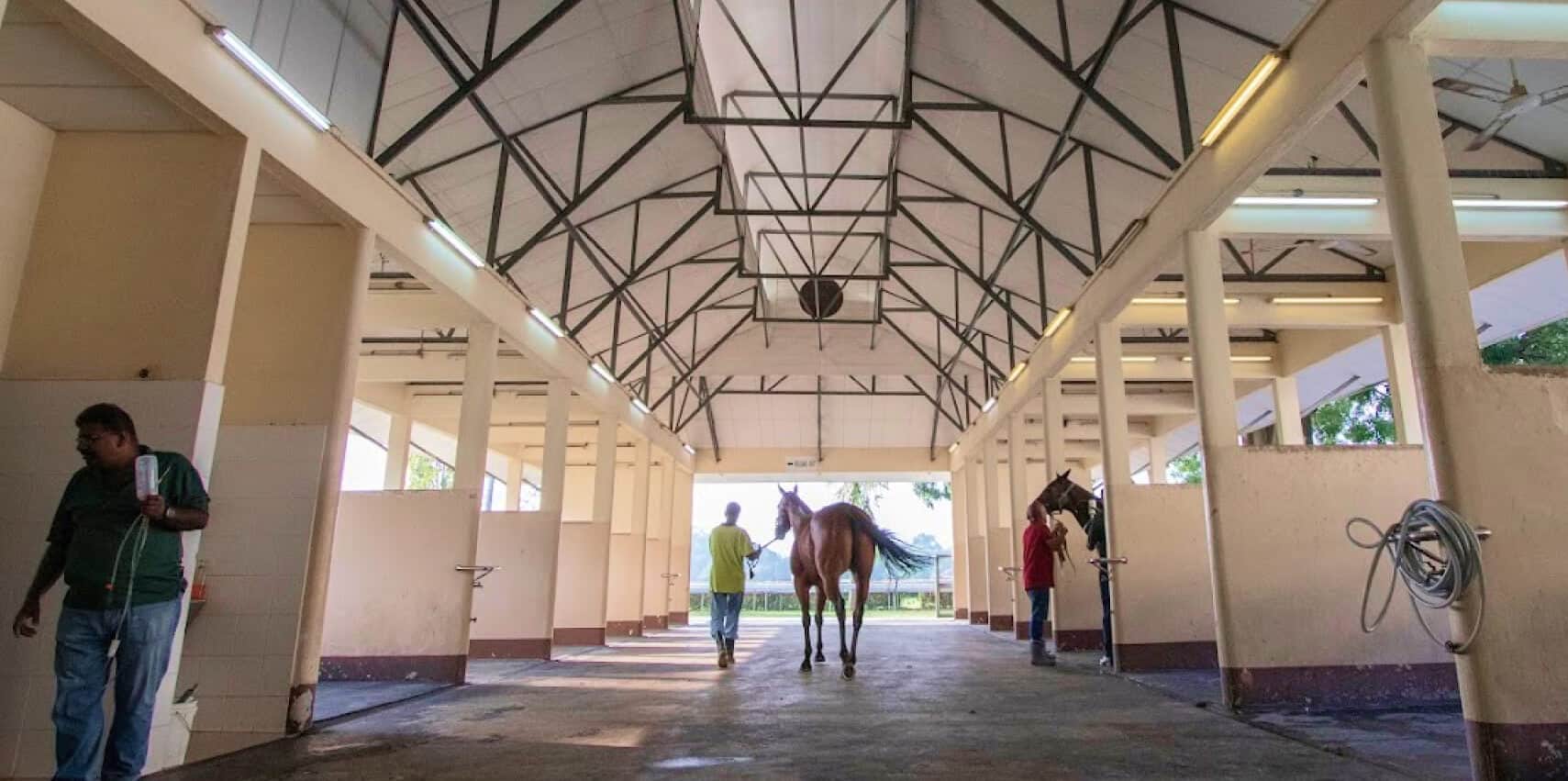
Our History
The Perak Turf Club was established in 1886, marking the beginning of horse racing in Perak, with the first races held in Taiping, then the capital of Perak.
1889
1890
1913
1926
1964
1913
Sir Frank Swettenham, the British Resident of Perak (1889-1996), played a key role in the early development of the Perak Turf Club as a skilled horseman and avid sportsman, according to H.A. Cartwright in Twentieth Century Impressions Of British Malaya (1908). At that time, British colonial officials and businessmen were actively involved in managing horse racing affairs.
Early records show that the Perak Turf Club, originally formed in Taiping, relocated to Batu Gajah circa 1890. This move was significantly influenced by the establishment of the Kinta Gymkhana Club, which hosted amateur horse races and gymkhanas as social events for the British and European officials.
Racing in Perak shifted to Ipoh with the establishment of the Ipoh Gymkhana Club in 1913, which began hosting horse races at its current location, previously known as Racecourse, Tambun Road, Ipoh.
The Perak Turf Club was officially constituted and adopted its current name in the year 1926, becoming the custodian of Perak's horse racing tradition, which started in 1886.
In 1964, the Perak Turf Club demolished and rebuilt its premises on a grand scale. The current Grandstand, designed by Australian architects and constructed in 1967, was officially opened by His Royal Highness, the Sultan of Perak, on February 1, 1971.
The Grandstand remains one of Ipoh’s most iconic buildings and a popular spot for tourists and photography enthusiasts. Its unique design features 180-foot-high twin towers overlooking the expansive race tracks and the Winning Post.
The Perak Turf Club racecourse is one of Ipoh's remaining green spaces, offering a striking contrast of lush greenery against the mountainous backdrop of Gunung Korbu, one of the highest peaks in Peninsular Malaysia's Main Range.
